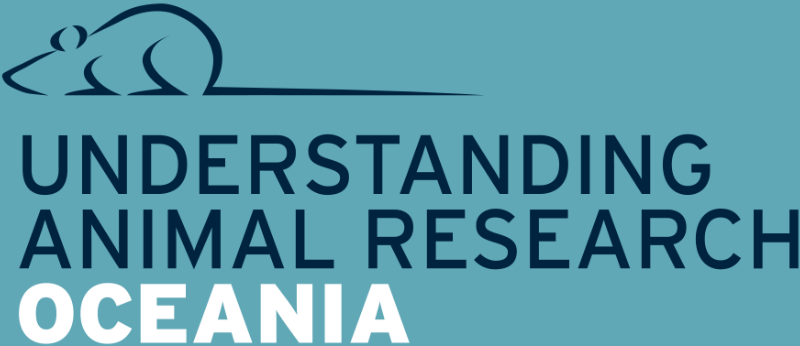99 percent mouse 1 percent human
Dr Robin Lovell-Badge from the MRC explains why putting human cells into an animal can be a good thing and the circumstances (according to the Academy of Medical Sciences and the public) when it would be unacceptable.
Related Information
What are 'animals containing human material' (ACHM) and why the sudden interest in them? They include 'transgenic' mice carrying human genes that are widely used to study many diseases – including osteoporosis and cancer – transgenic goats used to produce a human protein (anti-thrombin or Atryn) to treat blood clotting disorders, and monkeys with implanted human brain stem cells which may throw light on Parkinson's disease. So such techniques are already widely used to create animal models of human conditions, to lead the fight against life-changing conditions and debilitating diseases including infertility, cancer, HIV and hepatitis, and to develop and produce new medicines. A new report by the Academy of Medical Sciences suggests that the fast-moving pace of this science might lead to developments that raise ethical or regulatory concerns. While the UK has one of the strictest systems of animal research regulation, scientists and the public agree that this must stay ahead of emerging research practices.
Last edited: 14 January 2022 14:48
